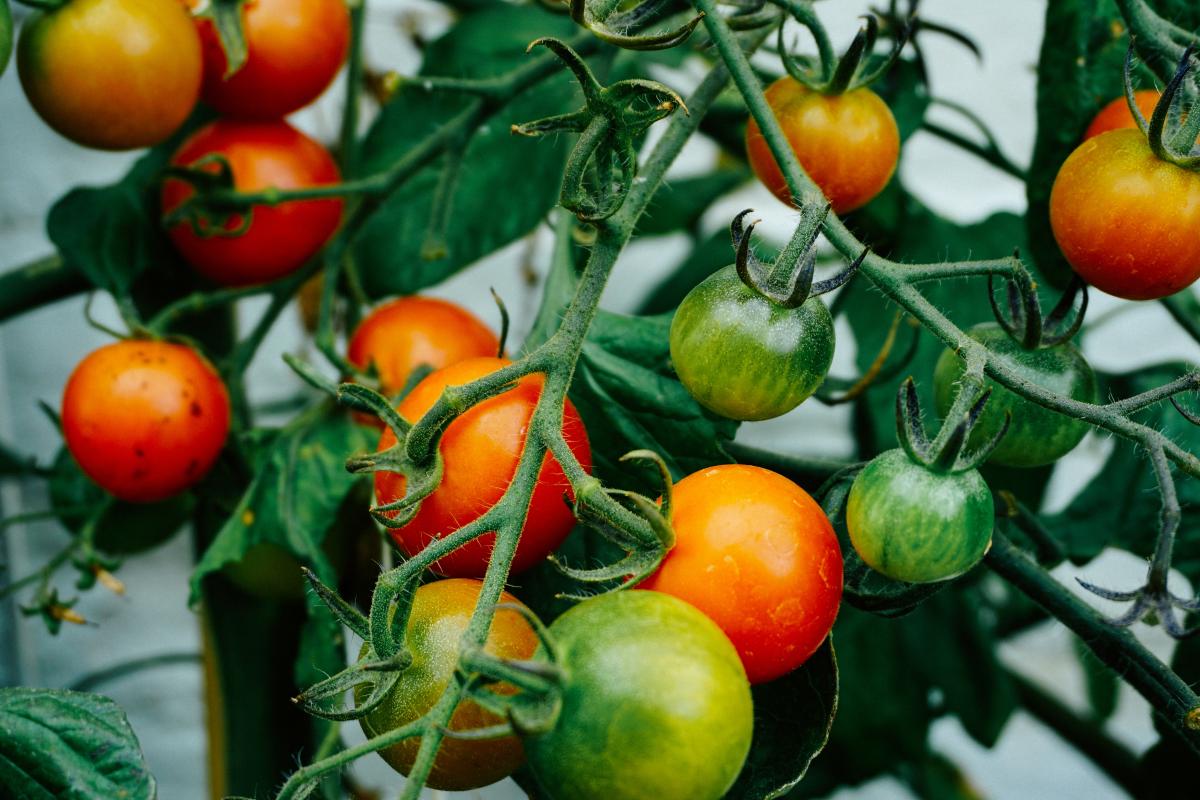
The lesson plan challenges students to integrate research, agricultural principles, and engineering concepts, sparking their creativity in designing efficient and sustainable hydroponic setups. From

The lesson plan challenges students to integrate research, agricultural principles, and engineering concepts, sparking their creativity in designing efficient and sustainable hydroponic setups. From

Students will understand the concept of Scoville units, learn about the scale's origin, and explore the factors contributing to the heat of peppers. They will also engage in hands-on activities to

Students will be able to utilize multimedia resources, such as online simulations and interactive videos, to explain the process of natural selection and provide examples of how it leads to species

Students will collaborate to design a school map to include living and nonliving 3-dimensional objects. Students will use a Cubetto or Sphero device to navigate through a student created map

In this lesson, students are challenged to design and test a windsock that can tell the direction and relative speed of the wind.

Saguaro cacti are collapsing in the Phoenix due to extreme heat and the urban island effect. Is there anyway to save them? This lesson allows students to investigate the factors contributing to the

After students collected authentic data from their class and defined the problem related to trash, students follow through with solving the problem using the engineering process. In the second half of

Students work their way through the first two parts of the engineering process in order to get a deeper understanding of an environmental problem- trash. The Great Pacific Garbage Patch is certainly

Students will learn about the relationships between traits of humans and animals. They will use real examples to relate their vocabulary to their everyday lives and then put it into practice by